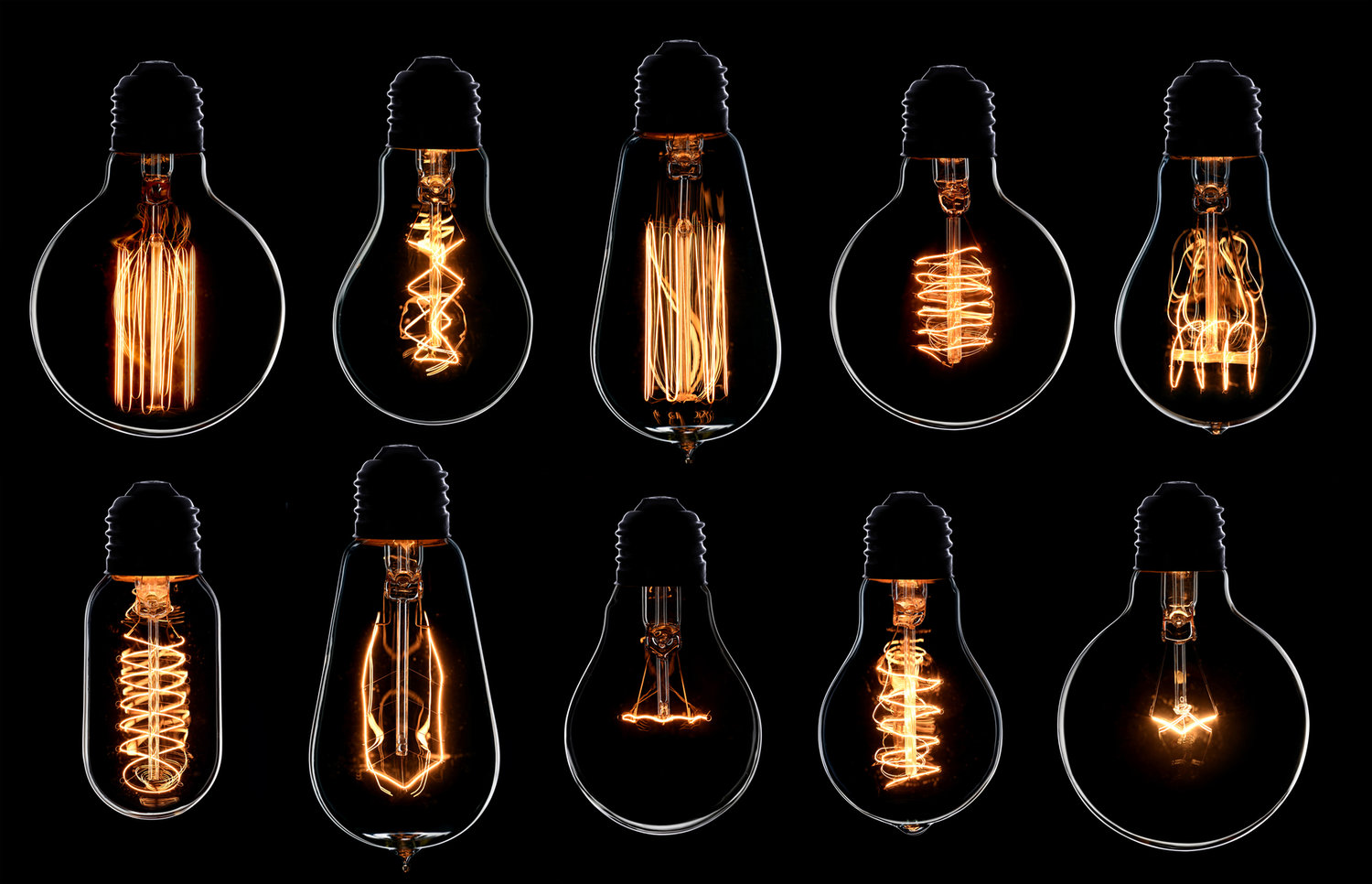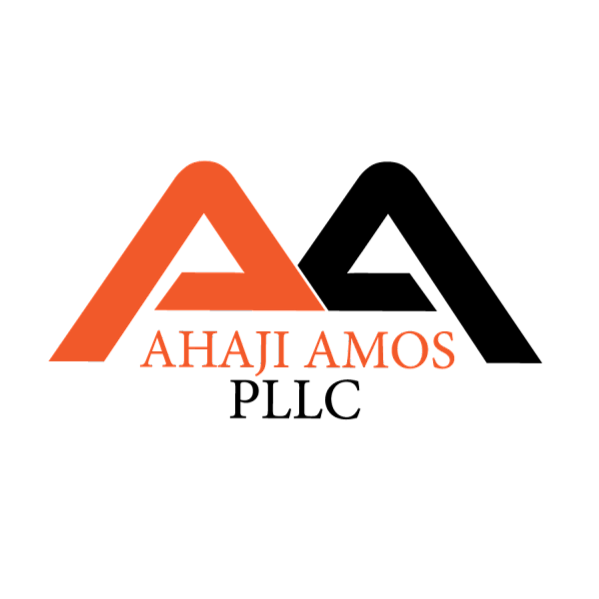
We Represent
Entrepreneurs
,
Inventors
,
Innovators
NON-PROVISIONAL UTILITY PATENTS
NON-PROVISIONAL UTILITY PATENTS
A patent is a set of exclusive rights granted by a sovereign state to an inventor or assignee for a limited period in exchange for detailed public disclosure of an invention. Without a patent, anyone is free to make, use or sell an invention. There are no common law patent rights. New processes, inventions, devices and the like must be patented by an inventor to prevent use by others.
Advantage of non-provisional utility patents:
20-year monopoly over all competitors
Right to stop others from making, using, importing, or selling claimed invention
Ability to transfer, license, or sell your “idea”
Copying is not required
Secrecy is not required
Non-Provisional Utility Patent Application
Formal drawings required
Claims required
Must include full patent application specification
$3,000-9,000 attorney fees
USPTO Filing fees $400+
3-week turnaround
Provisional Patent Application
No formal drawings required
No claims required
No formal application parts required - no specification required
Our fee: $1,000
USPTO filing fees $70+
3-day turnaround
YOUR QUESTIONS…OUR ANSWERS
1. When should I apply for a provisional patent instead of a non-provisional utility patent?
You should apply for a provisional patent application if you plan to discuss the invention with anyone, including distributors, potential licensees, developers, even manufacturers, but you are not ready to invest in a utility patent application.
2. Can I patent my name and logo?
No. That’s trademark law.
3. What should I look out for when deciding on a patent attorney to draft my provisional patent application?
To receive the benefit of the provisional patent application filing date, the provisional patent application must disclose the invention claimed in the later filed non-provisional utility patent application sufficient for one of skill in the relevant art to both make and use the invention using the disclosure. The provisional does not need to look pretty, but it requires full disclosure of the invention covered in the claims.
4. Can I refile my provisional patent application if it expires?
Yes. So, long as there has not been a public disclosure, sale or offer for sale that is more than 12 months before the new filing date, you can undoubtedly re-file a provisional. If your provisional is written well so that it looks just like a non-provisional patent application, you can even file the provisional as a utility patent application if you are in a bind. That’s why we always include a single claim in the provisional patent applications that we draft for our clients.
5. How long does it take for a provisional patent application to issue?
Never. Provisional patent applications must be replaced by a non-provisional application within one year of the filing of the non-provisional (there are exceptions). The USPTO never examines provisional patent applications and never see the light of day. If they aren’t replaced, they expire, and no one ever sees them. Look at provisional patent applications as placeholders.
6. Can I get a provisional patent application on a design patent?
Technically, yes. But, I’m not sure why.
7. How long does it take to draft and file a provisional patent application?
We can usually draft a provisional patent application within three business days.
